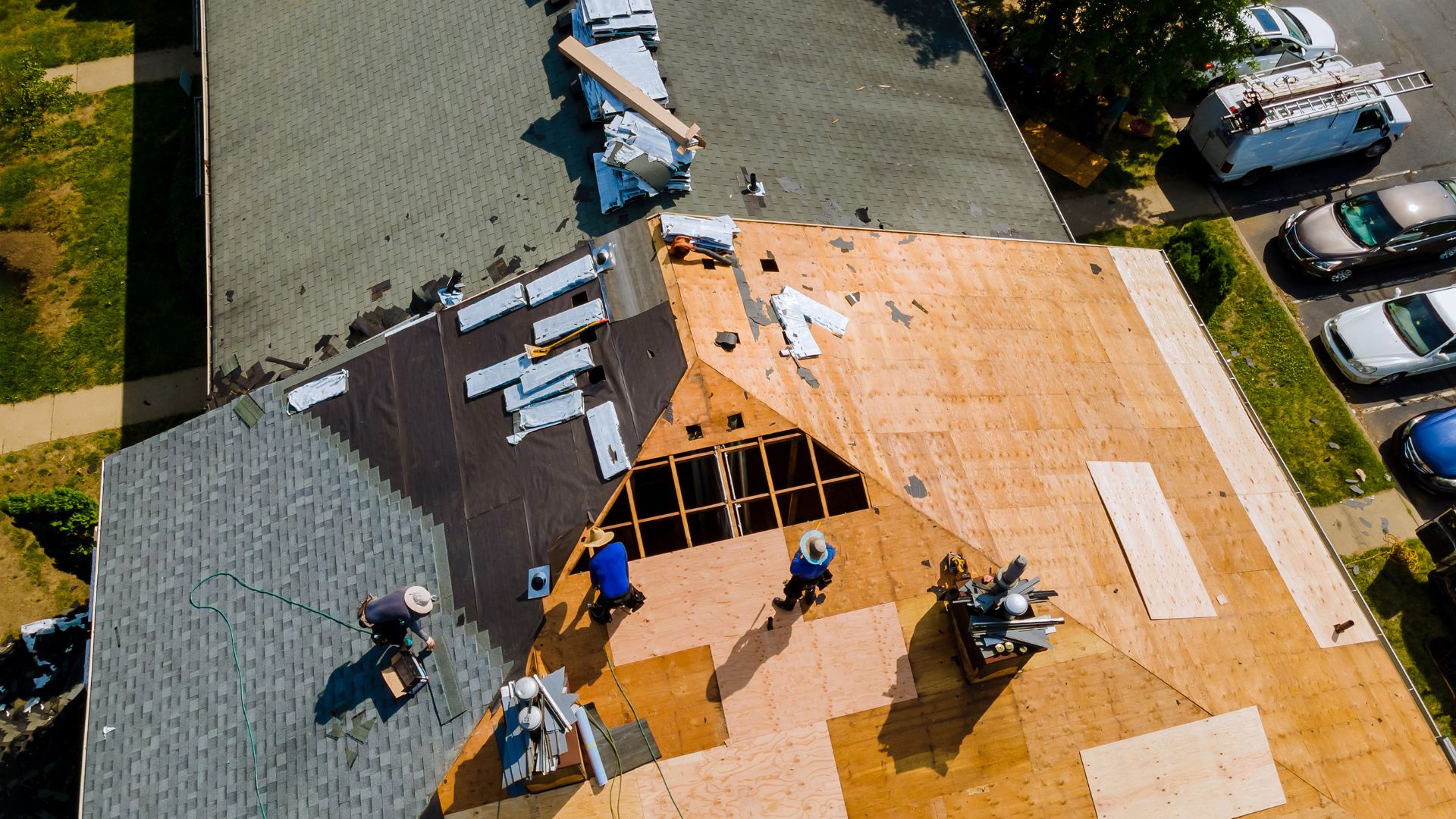The History and Evolution of Roofing Materials
Roofing materials have evolved significantly over the centuries, reflecting advancements in technology, changes in architectural styles, and a growing understanding of environmental sustainability. Here’s a look at how roofing materials have developed from ancient times to the modern era.
Ancient Roofing Materials
Thatch: One of the earliest roofing materials was thatch, made from dry vegetation such as straw, reeds, or rushes. Thatch was widely used due to its availability and ease of construction. It provided good insulation but required regular maintenance and had a limited lifespan.
Clay Tiles: Ancient civilizations, including the Greeks and Romans, used clay tiles for their roofs. Clay tiles were durable, fire-resistant, and could be shaped into various forms, making them a popular choice for many centuries.
Slate: Slate roofing dates back to the Middle Ages and was used primarily in Europe. Known for its durability and natural beauty, slate could last for centuries and was often used on important buildings and homes of the wealthy.
Medieval to Renaissance Period
Wood Shingles: During the medieval period, wood shingles became a common roofing material in Europe and North America. Cedar and oak were popular choices due to their availability and resistance to rot. Wood shingles were relatively easy to produce and install.
Lead Roofing: In the Renaissance period, lead became a common roofing material, particularly for churches and cathedrals. Lead sheets were malleable and weather-resistant, making them ideal for complex roof structures.
Industrial Revolution
Corrugated Iron: The Industrial Revolution brought significant changes to roofing materials. Corrugated iron, invented in the 19th century, provided a lightweight, durable, and affordable roofing solution. It was widely used for industrial buildings and later adapted for residential use.
Asphalt Shingles: In the early 20th century, asphalt shingles were introduced. Made from a base of organic or fiberglass material, coated with asphalt and mineral granules, these shingles became popular due to their affordability, ease of installation, and versatility in design.
Modern Era
Concrete Tiles: Concrete roofing tiles gained popularity in the mid-20th century. These tiles are durable, fire-resistant, and available in a variety of colors and styles. They provide a cost-effective alternative to traditional clay tiles.
Metal Roofing: Metal roofing, including steel, aluminum, and copper, has become increasingly popular in recent decades. Metal roofs are lightweight, durable, and energy-efficient, making them suitable for various climates and architectural styles.
Green Roofs: The concept of green roofs, which involve growing vegetation on rooftops, has gained traction as a sustainable roofing solution. Green roofs provide insulation, reduce stormwater runoff, and contribute to urban biodiversity.
Solar Roofing: The integration of solar panels into roofing materials represents the latest advancement in roofing technology. Solar roofs generate electricity while providing traditional roof protection, offering a sustainable and cost-effective energy solution.
Conclusion
The evolution of roofing materials reflects broader changes in technology, architecture, and environmental awareness. From ancient thatch and clay tiles to modern solar roofs and green roofs, each advancement has contributed to the functionality, durability, and sustainability of our homes and buildings. As we continue to innovate, the future of roofing materials promises even more exciting developments.


